1. Wang Y, Chen X, Cao W, Shi Y. 2014; Plasticity of mesenchymal stem cells in immunomodulation: pathological and therapeutic implications. Nat Immunol. 15:1009–1016. DOI:
10.1038/ni.3002. PMID:
25329189.

3. Bernardo ME, Fibbe WE. 2013; Mesenchymal stromal cells: sensors and switchers of inflammation. Cell Stem Cell. 13:392–402. DOI:
10.1016/j.stem.2013.09.006. PMID:
24094322.

4. Ren G, Zhang L, Zhao X, Xu G, Zhang Y, Roberts AI, Zhao RC, Shi Y. 2008; Mesenchymal stem cell-mediated immunosuppression occurs via concerted action of chemokines and nitric oxide. Cell Stem Cell. 2:141–150. DOI:
10.1016/j.stem.2007.11.014. PMID:
18371435.

5. Akiyama K, Chen C, Wang D, Xu X, Qu C, Yamaza T, Cai T, Chen W, Sun L, Shi S. 2012; Mesenchymal-stem-cell-induced immunoregulation involves FAS-ligand-/FAS-mediated T cell apoptosis. Cell Stem Cell. 10:544–555. DOI:
10.1016/j.stem.2012.03.007. PMID:
22542159. PMCID:
PMC3348385.

6. Fan L, Hu C, Chen J, Cen P, Wang J, Li L. 2016; Interaction between mesenchymal stem cells and B-cells. Int J Mol Sci. 17:E650. DOI:
10.3390/ijms17050650. PMID:
27164080. PMCID:
PMC4881476.

7. Bonnaure G, Gervais-St-Amour C, Néron S. 2016; Bone marrow mesenchymal stem cells enhance the differentiation of human switched memory B lymphocytes into plasma cells in serum-free medium. J Immunol Res. 2016:7801781. DOI:
10.1155/2016/7801781. PMID:
27872867. PMCID:
PMC5107863.

8. Ji YR, Yang ZX, Han ZB, Meng L, Liang L, Feng XM, Yang SG, Chi Y, Chen DD, Wang YW, Han ZC. 2012; Mesenchymal stem cells support proliferation and terminal differentiation of B cells. Cell Physiol Biochem. 30:1526–1537. DOI:
10.1159/000343340. PMID:
23235695.

9. Traggiai E, Volpi S, Schena F, Gattorno M, Ferlito F, Moretta L, Martini A. 2008; Bone marrow-derived mesenchymal stem cells induce both polyclonal expansion and differentiation of B cells isolated from healthy donors and systemic lupus erythematosus patients. Stem Cells. 26:562–569. DOI:
10.1634/stemcells.2007-0528. PMID:
18024418.

10. Asari S, Itakura S, Ferreri K, Liu CP, Kuroda Y, Kandeel F, Mullen Y. 2009; Mesenchymal stem cells suppress B-cell terminal differentiation. Exp Hematol. 37:604–615. DOI:
10.1016/j.exphem.2009.01.005. PMID:
19375651. PMCID:
PMC2747661.

11. Corcione A, Benvenuto F, Ferretti E, Giunti D, Cappiello V, Cazzanti F, Risso M, Gualandi F, Mancardi GL, Pistoia V, Uccelli A. 2006; Human mesenchymal stem cells modulate B-cell functions. Blood. 107:367–372. DOI:
10.1182/blood-2005-07-2657. PMID:
16141348.

12. Luk F, Carreras-Planella L, Korevaar SS, de Witte SFH, Borràs FE, Betjes MGH, Baan CC, Hoogduijn MJ, Franquesa M. 2017; Inflammatory conditions dictate the effect of mesenchymal stem or stromal cells on B cell function. Front Immunol. 8:1042. DOI:
10.3389/fimmu.2017.01042. PMID:
28894451. PMCID:
PMC5581385.

13. Che N, Li X, Zhang L, Liu R, Chen H, Gao X, Shi S, Chen W, Sun L. 2014; Impaired B cell inhibition by lupus bone marrow mesenchymal stem cells is caused by reduced CCL2 expression. J Immunol. 193:5306–5314. DOI:
10.4049/jimmunol.1400036. PMID:
25339674.

14. Schena F, Gambini C, Gregorio A, Mosconi M, Reverberi D, Gattorno M, Casazza S, Uccelli A, Moretta L, Martini A, Traggiai E. 2010; Interferon-
γ-dependent inhibition of B cell activation by bone marrow-derived mesenchymal stem cells in a murine model of systemic lupus erythematosus. Arthritis Rheum. 62:2776–2786. DOI:
10.1002/art.27560. PMID:
20496367.

15. Liu O, Xu J, Ding G, Liu D, Fan Z, Zhang C, Chen W, Ding Y, Tang Z, Wang S. 2013; Periodontal ligament stem cells regulate B lymphocyte function via programmed cell death protein 1. Stem Cells. 31:1371–1382. DOI:
10.1002/stem.1387. PMID:
23553748.

16. Tabera S, Pérez-Simón JA, Díez-Campelo M, Sánchez-Abarca LI, Blanco B, López A, Benito A, Ocio E, Sánchez-Guijo FM, Cañizo C, San Miguel JF. 2008; The effect of mesenchymal stem cells on the viability, proliferation and differentiation of B-lymphocytes. Haematologica. 93:1301–1309. DOI:
10.3324/haematol.12857. PMID:
18641017.

17. Khare D, Or R, Resnick I, Barkatz C, Almogi-Hazan O, Avni B. 2018; Mesenchymal stromal cell-derived exosomes affect mRNA expression and function of B-lymphocytes. Front Immunol. 9:3053. DOI:
10.3389/fimmu.2018.03053. PMID:
30622539. PMCID:
PMC6308164.

18. Che N, Li X, Zhou S, Liu R, Shi D, Lu L, Sun L. 2012; Umbilical cord mesenchymal stem cells suppress B-cell proliferation and differentiation. Cell Immunol. 274:46–53. DOI:
10.1016/j.cellimm.2012.02.004. PMID:
22414555.

21. Kubo M, Hanada T, Yoshimura A. 2003; Suppressors of cytokine signaling and immunity. Nat Immunol. 4:1169–1176. DOI:
10.1038/ni1012. PMID:
14639467.

22. Palmer DC, Restifo NP. 2009; Suppressors of cytokine signaling (SOCS) in T cell differentiation, maturation, and function. Trends Immunol. 30:592–602. DOI:
10.1016/j.it.2009.09.009. PMID:
19879803. PMCID:
PMC2787651.

23. Li W, Ren G, Huang Y, Su J, Han Y, Li J, Chen X, Cao K, Chen Q, Shou P, Zhang L, Yuan ZR, Roberts AI, Shi S, Le AD, Shi Y. 2012; Mesenchymal stem cells: a double-edged sword in regulating immune responses. Cell Death Differ. 19:1505–1513. DOI:
10.1038/cdd.2012.26. PMID:
22421969. PMCID:
PMC3422473.

24. Rodriguez LA 2nd, Mohammadipoor A, Alvarado L, Kamucheka RM, Asher AM, Cancio LC, Antebi B. 2019; Preconditioning in an inflammatory milieu augments the immunotherapeutic function of mesenchymal stromal cells. Cells. 8:E462. DOI:
10.3390/cells8050462. PMID:
31096722. PMCID:
PMC6562603.

25. Ankrum JA, Ong JF, Karp JM. 2014; Mesenchymal stem cells: immune evasive, not immune privileged. Nat Biotechnol. 32:252–260. DOI:
10.1038/nbt.2816. PMID:
24561556. PMCID:
PMC4320647.

26. Zhang L, Dang RJ, Li H, Li P, Yang YM, Guo XM, Wang XY, Fang NZ, Mao N, Wen N, Jiang XX. 2014; SOCS1 regulates the immune modulatory properties of mesenchymal stem cells by inhibiting nitric oxide production. PLoS One. 9:e97256. DOI:
10.1371/journal.pone.0097256. PMID:
24826993. PMCID:
PMC4020773.

27. Zhang L, Dang RJ, Yang YM, Cui DC, Li P, Ni YL, Hao T, Wang C, Jiang XX, Fang NZ. 2016; Delta-like-1 changes the immunomodulatory property of OP9 cells. Stem Cells Int. 2016:1628352. DOI:
10.1155/2016/1628352. PMID:
26649045. PMCID:
PMC4663344.

28. Tezuka H, Abe Y, Iwata M, Takeuchi H, Ishikawa H, Matsushita M, Shiohara T, Akira S, Ohteki T. 2007; Regulation of IgA production by naturally occurring TNF/iNOS-producing dendritic cells. Nature. 448:929–933. DOI:
10.1038/nature06033. PMID:
17713535.

29. Brown DM, Phipps RP. 1995; Characterization and regulation of prostaglandin E2 receptors on normal and malignant murine B lymphocytes. Cell Immunol. 161:79–87. DOI:
10.1006/cimm.1995.1011. PMID:
7867087.

30. Renner P, Eggenhofer E, Rosenauer A, Popp FC, Steinmann JF, Slowik P, Geissler EK, Piso P, Schlitt HJ, Dahlke MH. 2009; Mesenchymal stem cells require a sufficient, ongoing immune response to exert their immunosuppressive function. Transplant Proc. 41:2607–2611. DOI:
10.1016/j.transproceed.2009.06.119. PMID:
19715984.

31. Najar M, Raicevic G, Boufker HI, Fayyad Kazan H, De Bruyn C, Meuleman N, Bron D, Toungouz M, Lagneaux L. 2010; Mesenchymal stromal cells use PGE2 to modulate activation and proliferation of lymphocyte subsets: combined comparison of adipose tissue, Wharton's Jelly and bone marrow sources. Cell Immunol. 264:171–179. DOI:
10.1016/j.cellimm.2010.06.006. PMID:
20619400.

32. Yañez R, Oviedo A, Aldea M, Bueren JA, Lamana ML. 2010; Prostaglandin E2 plays a key role in the immunosuppressive properties of adipose and bone marrow tissue-derived mesenchymal stromal cells. Exp Cell Res. 316:3109–3123. DOI:
10.1016/j.yexcr.2010.08.008. PMID:
20804749.

33. Garrone P, Galibert L, Rousset F, Fu SM, Banchereau J. 1994; Regulatory effects of prostaglandin E2 on the growth and differentiation of human B lymphocytes activated through their CD40 antigen. J Immunol. 152:4282–4290.
34. Lee MR, Seo GY, Kim YM, Kim PH. 2011; iNOS potentiates mouse Ig isotype switching through AID expression. Biochem Biophys Res Commun. 410:602–607. DOI:
10.1016/j.bbrc.2011.06.035. PMID:
21684254.

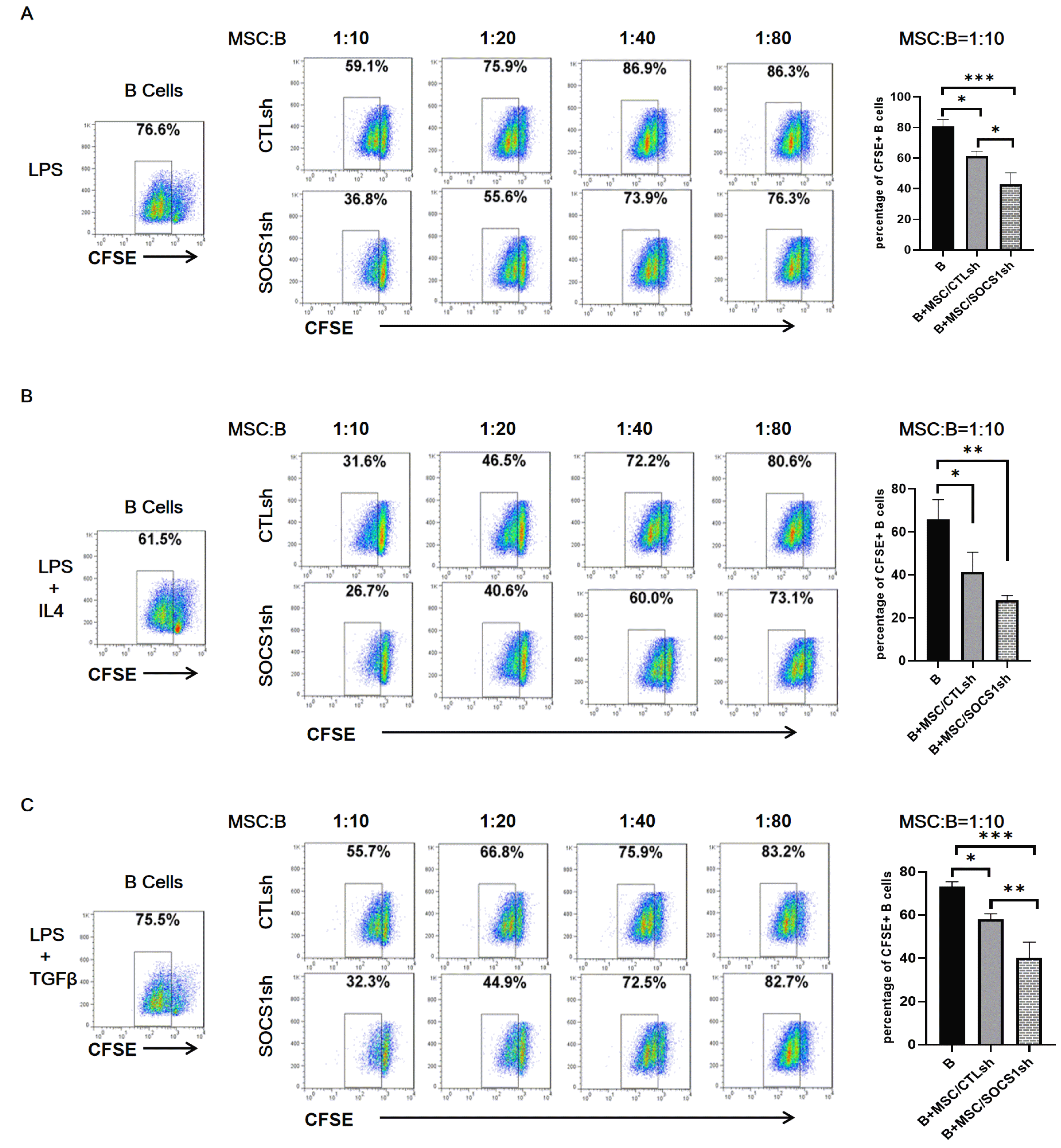
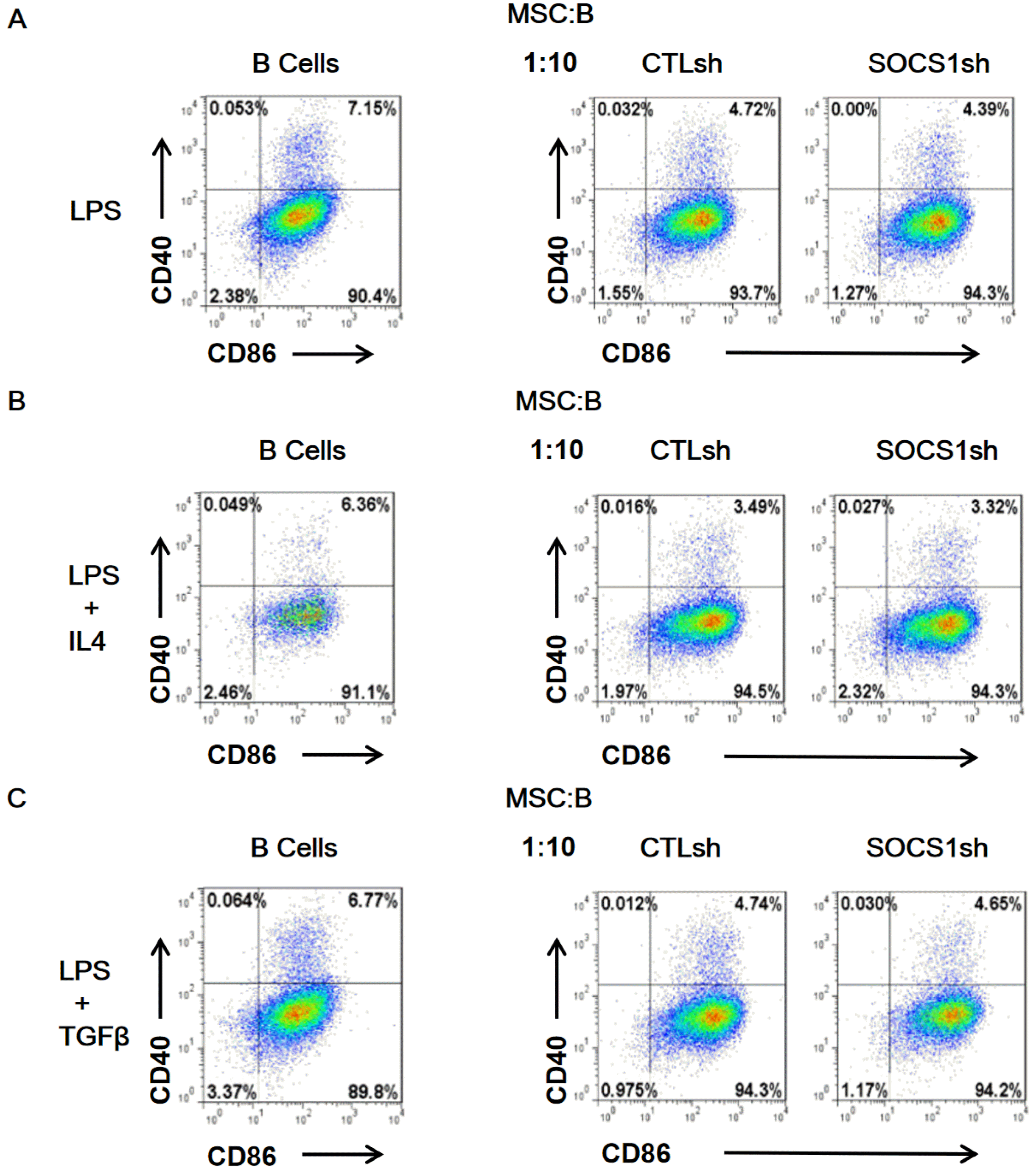
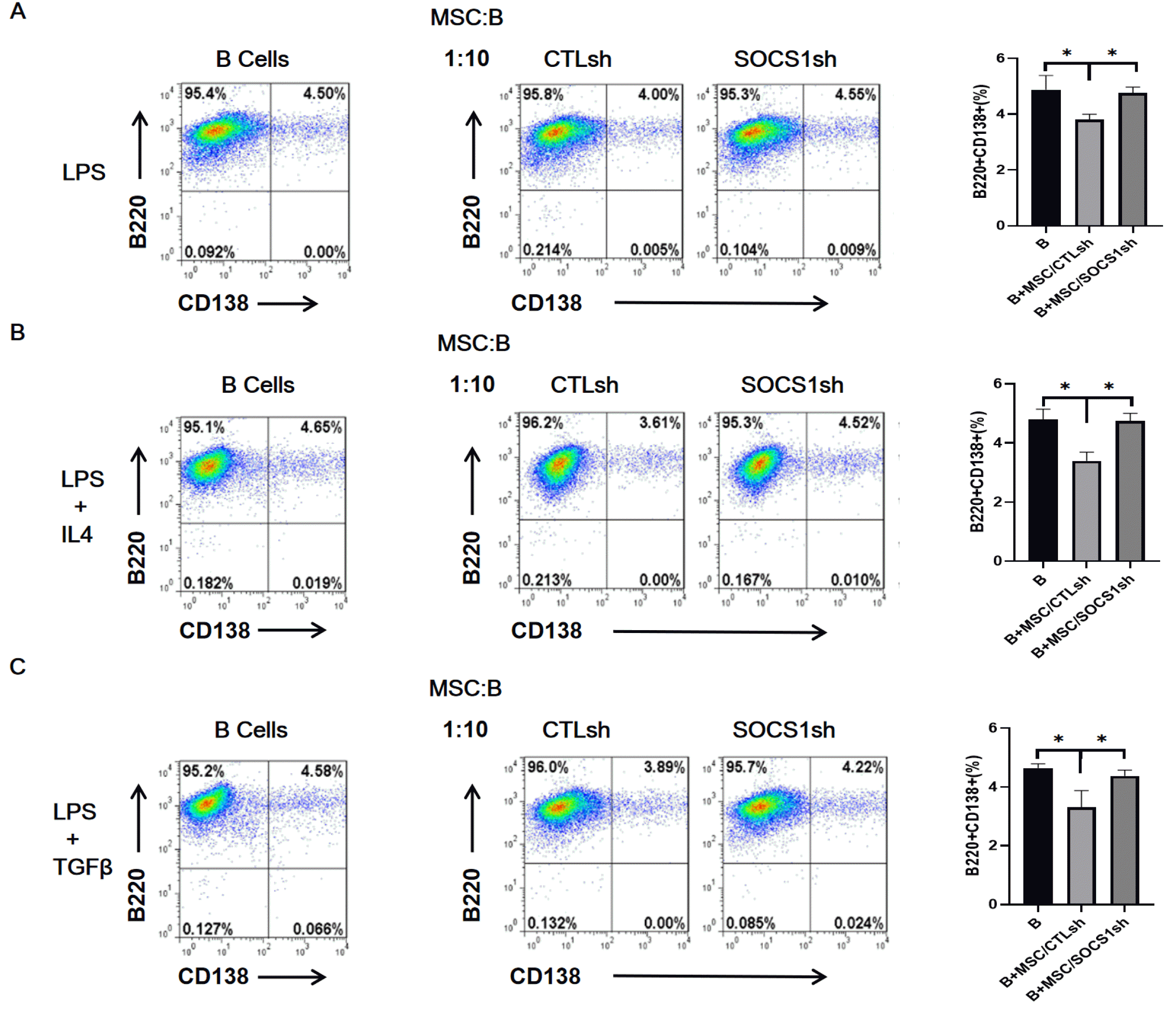
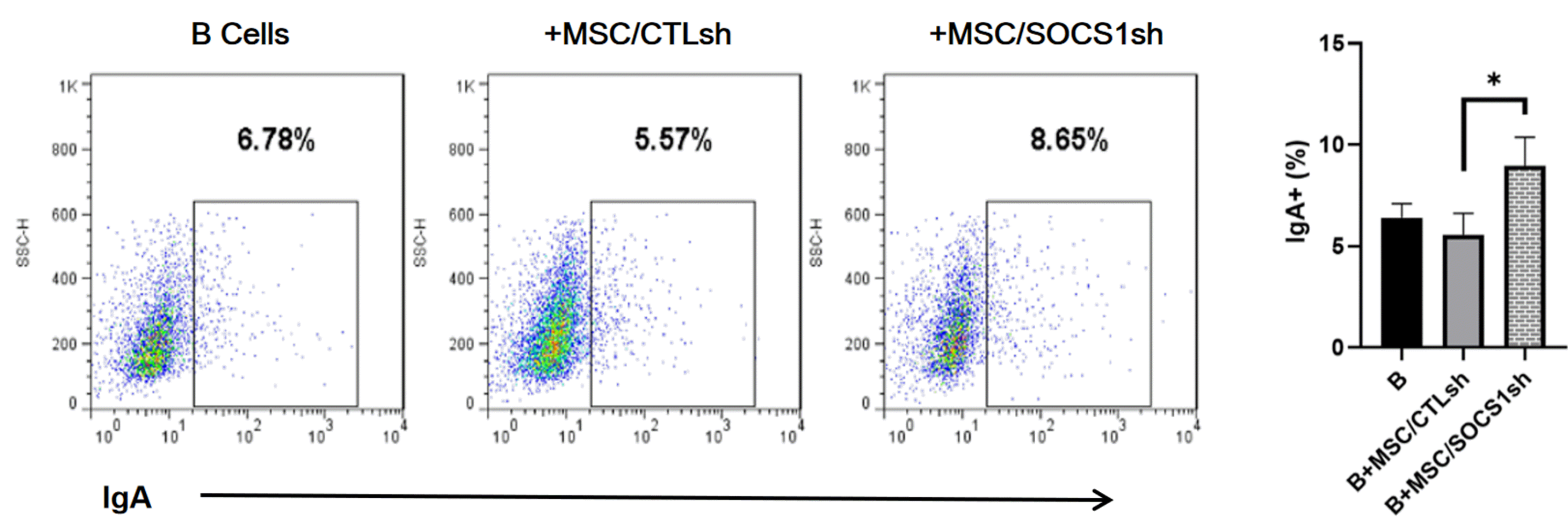
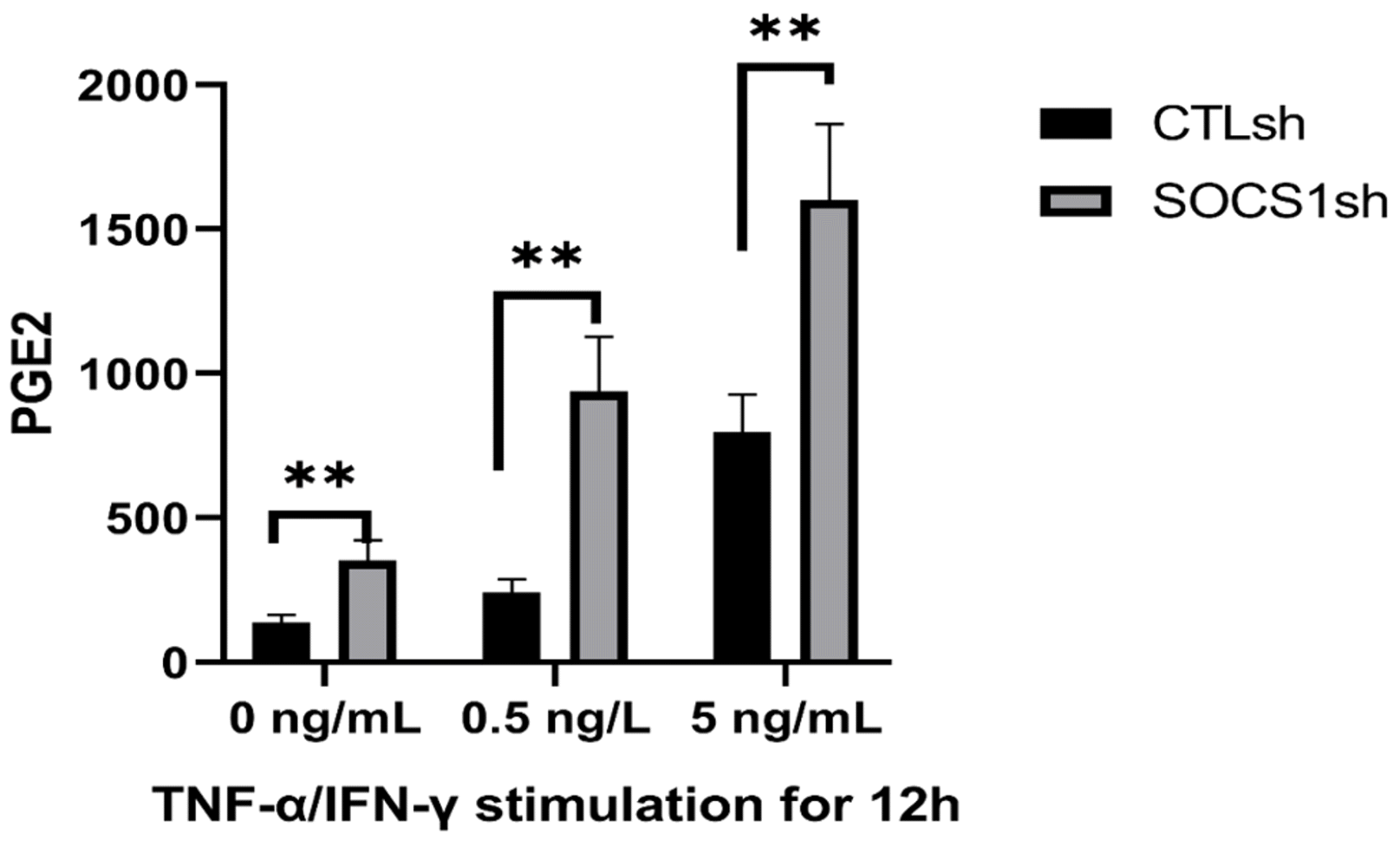




 PDF
PDF Citation
Citation Print
Print


 XML Download
XML Download